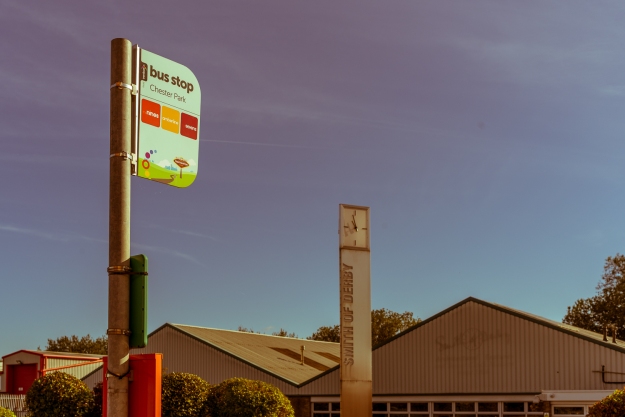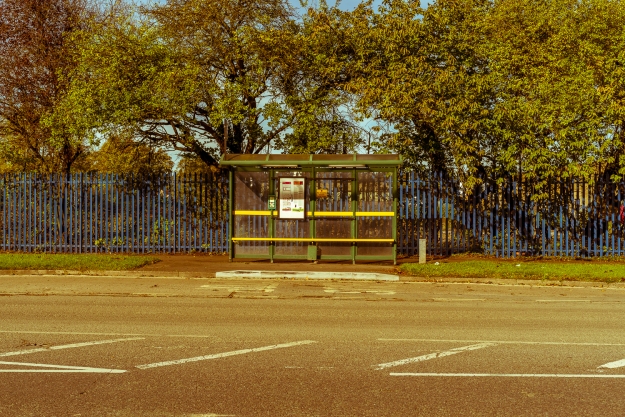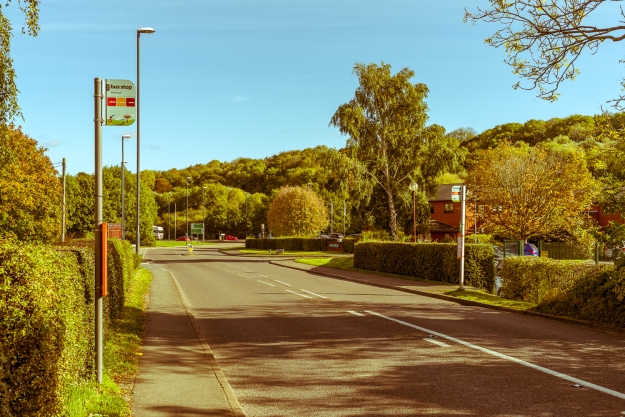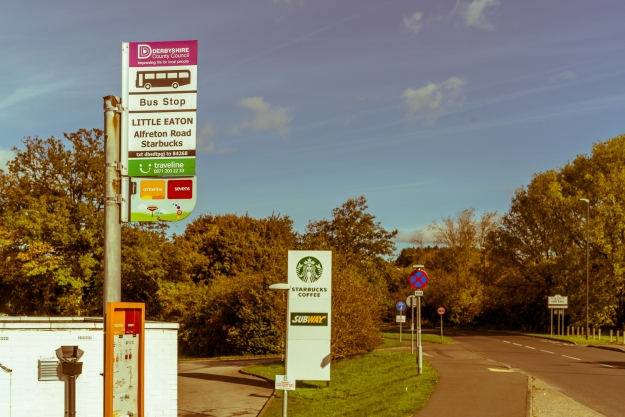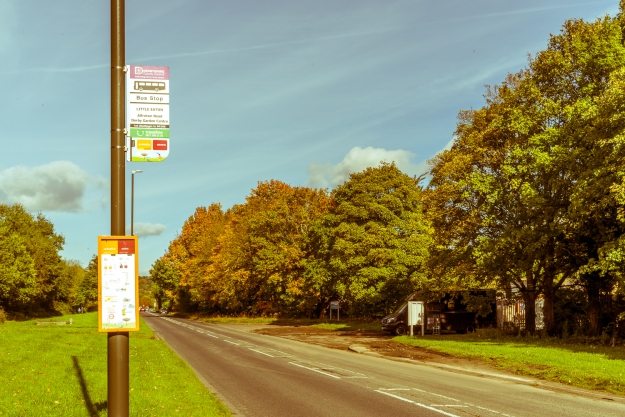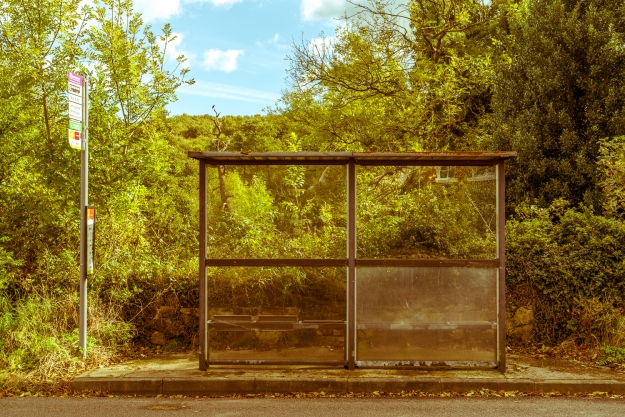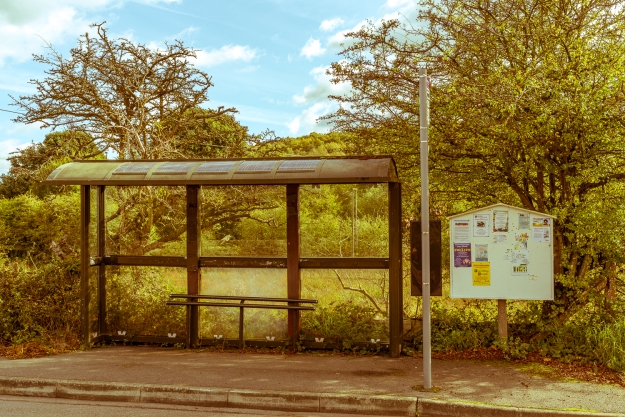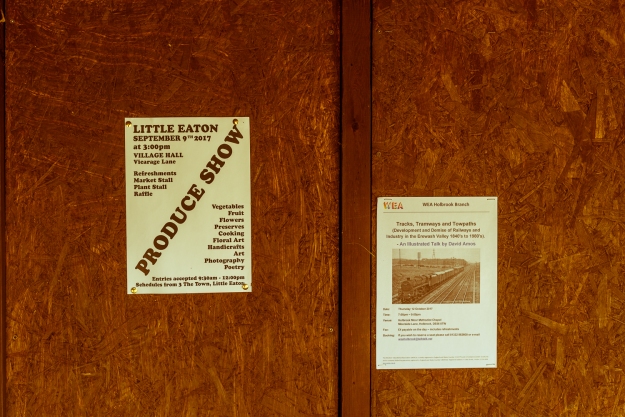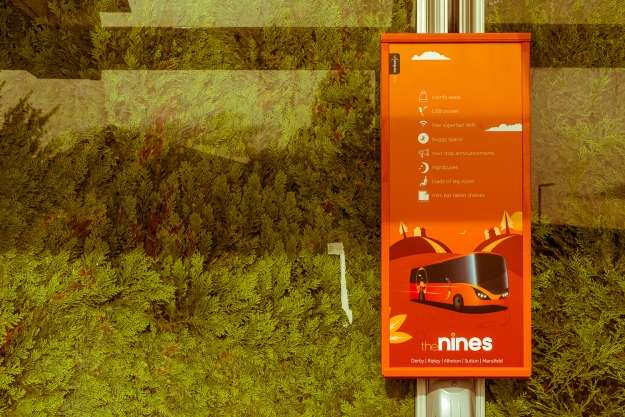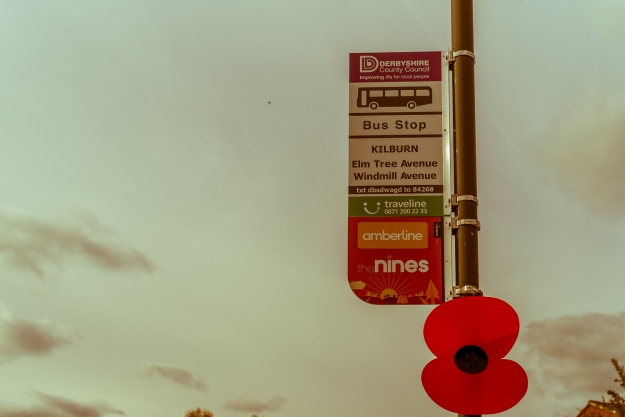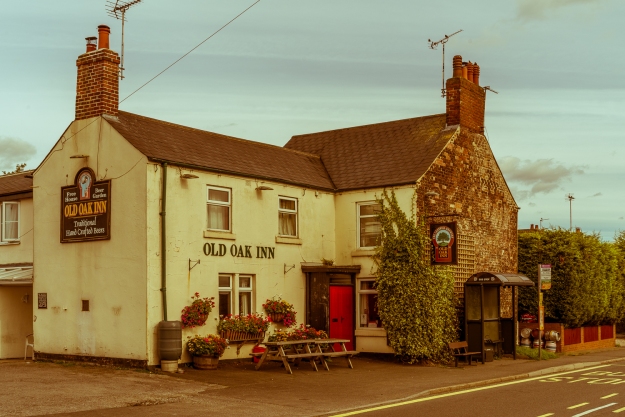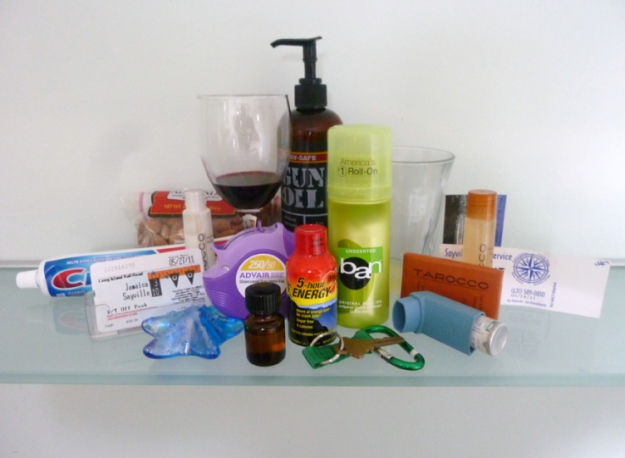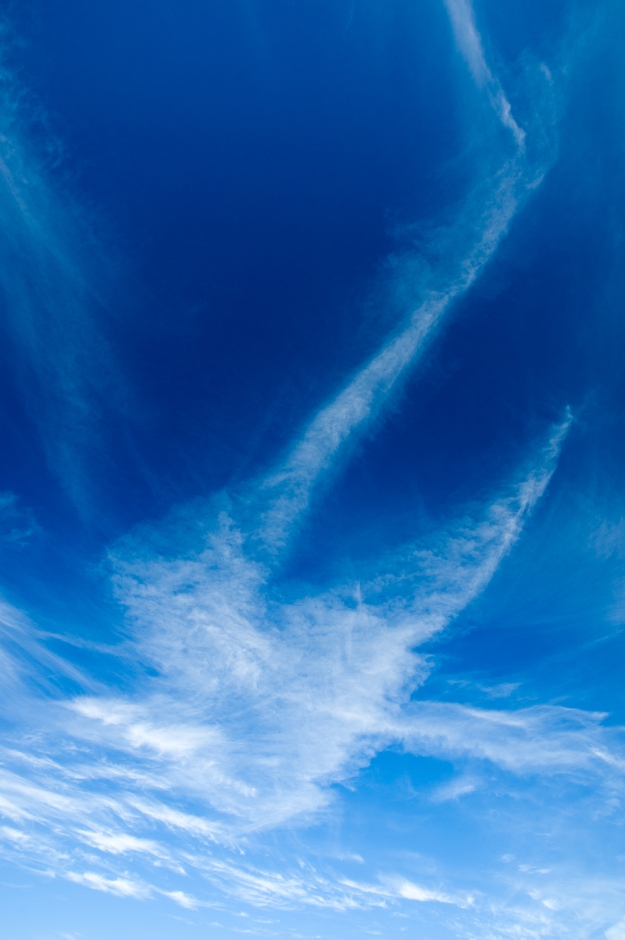There is a sense of ‘developing a practice’ starting to come through in my work now which I’m very pleased about. I’m inspired to continue with Assignment 5 and the Part 5 exercise 5.3 ‘Amberline’ as longer-term personal projects (or develop them further in Level 2 Landscape), as also encouraged by my tutor. For Exercise 5.3 in particular, I find the lack of people in the images intriguing and draw parallels with the work of Atget. This is something I will take into my next course, Level 2 Landscape, and explore deeper.
I&P has presented me with a significant challenge and was definitely the right course to choose after Context and Narrative. Assignment 1, Photographing Strangers, felt like a mountain to climb at the beginning but Assignment 5 shows how far the course content and my tutor have developed me. I’m thinking very differently about my work in areas such as cohesiveness and finding meaning. But the biggest change is that I am now welcoming rather than fearful of the opportunity to work with strangers. The key is to get to know them while being clear on my creative purpose – then I can portray them with purpose and confidence.
One thing that kept cropping up in my discussions with my tutor throughout Identity & Place is how I work. Or, as I fondly call it, the ‘notebook issue’.
My tutor has advocated more use of a physical notebook as an effective, organic method of capturing, stimulating and linking creative thoughts and ideas. I’ve tried this a couple of times and two issues arise
- Falling back into using the digital tools essential for my work life
- My handwriting!
I organise my professional life using an online ‘to do list’ app (Todoist) and Microsoft OneNote. I always have my phone in my pocket, so I fall back into a habit of capturing ideas on the fly in my to do list. I then collate these at a later date, grouping them into the project or Assignment I’m currently working on.
This works really well for ensuring that I capturing things and don’t forget them because I didn’t have a pen at the time. As a left-hander, I also sometimes go back to my written notes and struggle to read what I actually wrote.
Ive tried mind mapping tools but these seem to be clunky and I lose spontaneity with them.
Nevertheless, I do want to make more use of a physical notebook to ‘break’ my habit of keeping things logically structured and think more organically, letting ideas morph into new ones.
Trying to find a perfect compromise, I think I need to accept that my single to do list is ‘king’ for enduring I never forget anything g in life so I’m reluctant to give this up. But I also need a companion notebook to explore themes and ideas in a less structured way. I will also try slowing down with a nice pen so that I can hopefully read it again after.
Sometimes the simple things seem the hardest to fix. This is a theme I’ll take with me into Level 2.
Looking back at the practitioners who were a major inspiration for my work during I&P, these would have to be Arbus, Tillmans and Kosloff’s ‘The Theatre of the Face‘ for setting out the progressive journey photographic portraiture has taken in the last hundred years. Alongside this, Rankin provided a mental ‘bridge’ between my old, more commercially-oriented way of thinking and taking a more artistic approach.
As discussed in my self-reflection on Assignment 5, Arbus taught me how empathy can provide an ethical platform for curiosity in approaching people as potential photographic subjects. I was lo longer thinking ‘apologetically’ as an annoying person with a camera, but as someone with clear intent to show people as unique, worthy but visually interesting individuals.


